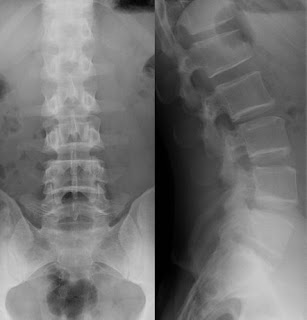Post has moved to
http://www.backfixer1.com/blog/should-children-run-marathons-something-every-runner-should-consider-reading/
Health Articles and more from charschan chiropractic and sports injury associates in North Brunswick and Scotch Plains NJ

 Today, 2-20-11 I was on the medical staff for the USATF open and masters indoor track and field championships at the John Bennett Indoor Athletic Complex in Toms River. As many of my patients already know, I have been their medical director since 1992 and also do my best to make sure that their events have medical staffing which is typically all volunteer.
Today, 2-20-11 I was on the medical staff for the USATF open and masters indoor track and field championships at the John Bennett Indoor Athletic Complex in Toms River. As many of my patients already know, I have been their medical director since 1992 and also do my best to make sure that their events have medical staffing which is typically all volunteer. 
 The study states "Routinely ordering X-rays and CT orM.R.I. scans drives up health care costs, and does not help resolve the problem, the college’s “best practice advice” guidelines say. On the contrary, the guidelines suggest, the scans may pick up unrelated abnormalities, leading to additional tests or procedures that are of no benefit, and some scans expose patients to high levels of radiation. The recommendations are the first in a series of papers aimed at helping doctors and patients identify misused medical treatments."
The study states "Routinely ordering X-rays and CT orM.R.I. scans drives up health care costs, and does not help resolve the problem, the college’s “best practice advice” guidelines say. On the contrary, the guidelines suggest, the scans may pick up unrelated abnormalities, leading to additional tests or procedures that are of no benefit, and some scans expose patients to high levels of radiation. The recommendations are the first in a series of papers aimed at helping doctors and patients identify misused medical treatments." There are many causes of chronic pain as discussed in this article. Most of them are afford-ably treated in our office but many of them never quite get to us. Whether from a bad lower back disc, or from a bad auto accident, or from functional mechanical pain, many of the patients who have visited us have already seen the neurologist, the orthopedist, the rehab therapist, the rhumatologist, all at great cost from the care, the injections, the medications and other types of interventions, many of which have little worth because quite simply, they are expensive and have little effectiveness.
There are many causes of chronic pain as discussed in this article. Most of them are afford-ably treated in our office but many of them never quite get to us. Whether from a bad lower back disc, or from a bad auto accident, or from functional mechanical pain, many of the patients who have visited us have already seen the neurologist, the orthopedist, the rehab therapist, the rhumatologist, all at great cost from the care, the injections, the medications and other types of interventions, many of which have little worth because quite simply, they are expensive and have little effectiveness.